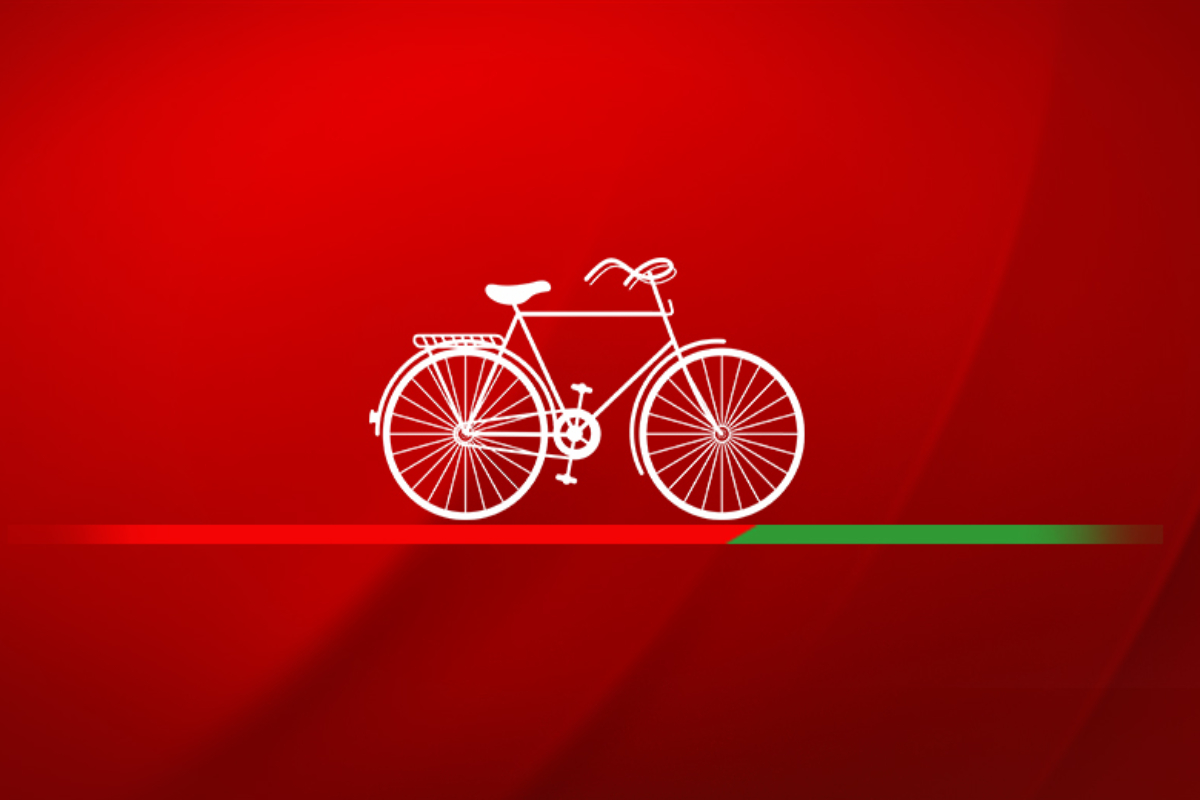Kerala BJP chief invites LDF, UDF for open debate on Union Budget
K Surendran accused the Opposition Congress-led UDF and the LDF government of spreading lies about the Union budget, 2024-25.
In the labyrinth of Indian politics, alliances are not merely tactical moves; they are intricate dances that require finesse, timing, and an understanding of the electorate’s pulse.

[Photo: Twitter/@samajwadiparty]
In the labyrinth of Indian politics, alliances are not merely tactical moves; they are intricate dances that require finesse, timing, and an understanding of the electorate’s pulse. The recently announced Congress-Samajwadi Party (SP) alliance in Uttar Pradesh is no exception, unfolding against the backdrop of shifting political dynamics and the quest for a broader social coalition. At the core of this alliance lies a strategic response to electoral setbacks in the 2022 assembly and urban body elections. SP leader Akhilesh Yadav’s articulation of a ‘PDA’ formula ~ Pichda, Dalit, Alpasankhyak (Backwards, Dalits, Minorities) alliance ~ reflects a recognition of disenchanted communities, particularly among non-Yadav OBCs and non-Jatav Dalits.
The BJP, although still wielding influence within these demographics, faces dissent fuelled by agrarian issues, inflation, and unemployment. In parallel, Congress leader Rahul Gandhi’s nationwide initiatives like the Bharat Jodo Yatra and Bharat Jodo Nyay Yatra align with the alliance’s goals, seeking to galvanise antiBJP sentiment among the same disenfranchised communities. The Congress has persistently advocated for a caste census, socio-economic justice, and employment opportunities, attempting to position itself as a champion for the marginalised. The challenge for both parties lay in overcoming their individual shortcomings.
The SP, often perceived as a Muslim-Yadav party, struggled to attract Dalit and other OBC voters. Simultaneously, the Congress faced difficulties in presenting itself as a formidable force in the polarised 2022 elections. Now, the alliance aims to leverage the perceived strengths of each party ~ the Congress softening the SP’s image and widening its voter base, while the SP enhances the Congress’s hopes in a state it once ruled. The electoral calculus suggests that the Mahagathbandhan, including the Congress, garnered over 38.5 per cent of the vote share in the 2022 assembly elections.
Advertisement
However, the crucial question lies in translating vote percentages into seats, a challenge in India’s firstpast-the-post system. The alliance’s performance in 127 assembly segments, translating to around 25 Lok Sabha seats, signified a potential dent in the National Democratic Alliance’s (NDA) stronghold. Yet, the BJP, with its formidable organisational machinery and the enduring popularity of Prime Minister Narendra Modi, remains a formidable adversary. The narrative of “Ram, Roti, and Rashtra” still resonates, underlining the uphill battle the alliance faces. In the realm of UP politics, it has always been a delicate dance between social engineering and narrative dominance.
The alliance’s success hinges on the crafting of its narrative, social engineering, and navigating the complex web of political churns. While the CongressSamajwadi alliance may appear a bold attempt at reshaping Uttar Pradesh’s political landscape, it is also perhaps the only viable option left to the two parties. Its potential lies not only in challenging the BJP’s 2019 numbers but in signalling a reawakening of political choices for communities that have felt neglected. The coming months will reveal whether this endeavour is a mere political manoeuvre or a transformative stride towards a renewed political era in Uttar Pradesh
Advertisement